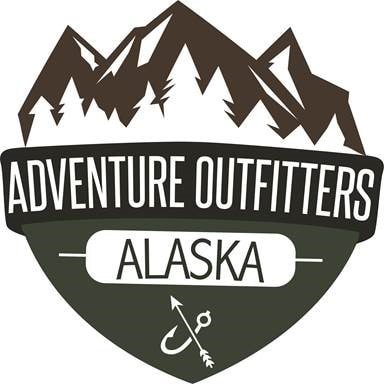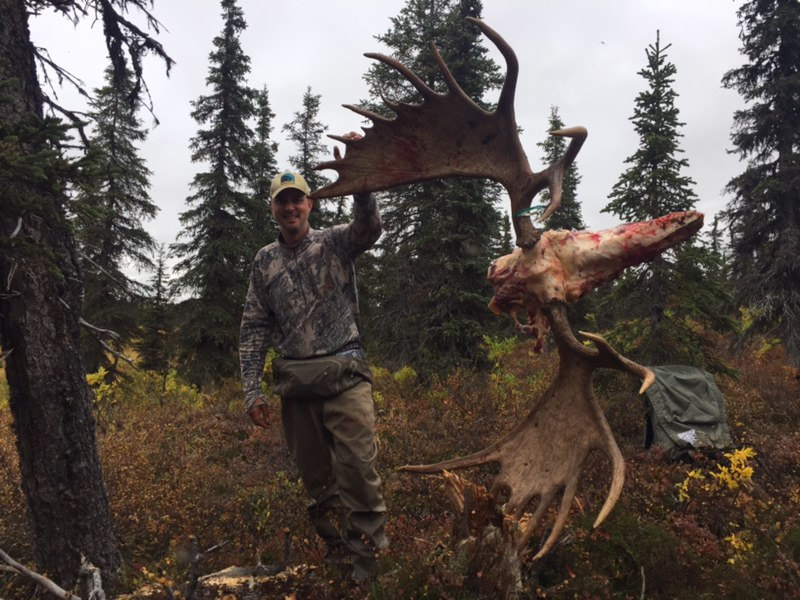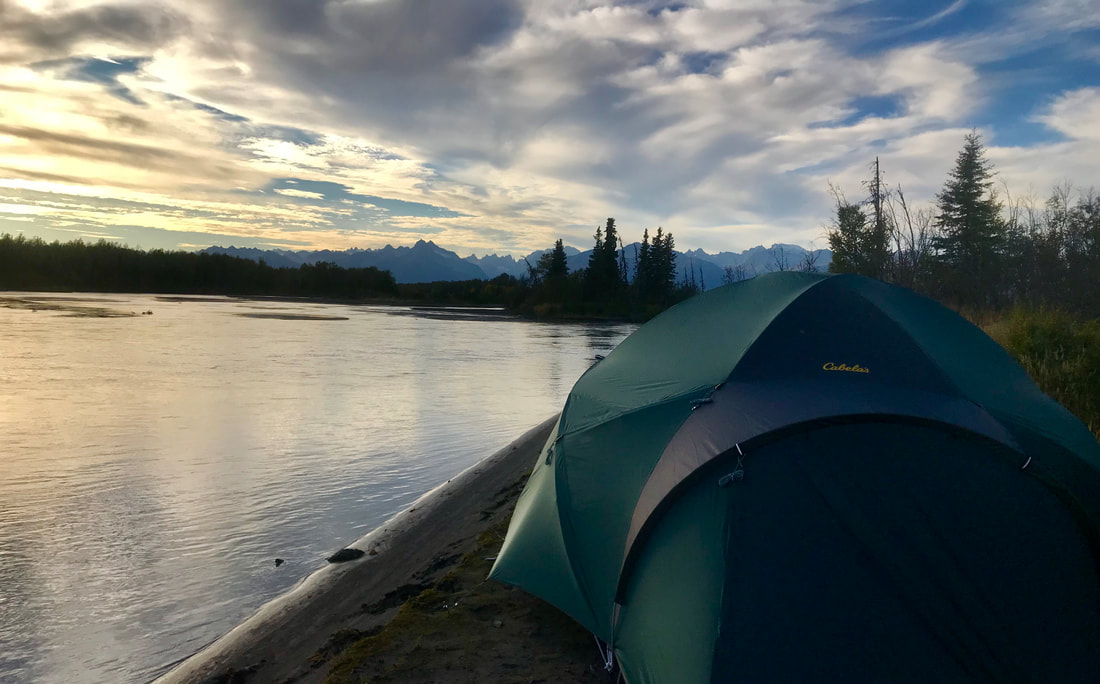Planning an Unguided Alaskan Moose HuntNothing will raise your heart rate like a massive 50” inch bull moose coming into your calls. It is one of the most fantastic hunts in all of North America. The worlds largest deer is truly a magnificent animal. The problem isn’t in the attraction of a remote, wilderness hunt in the most beautiful country known to man. It’s the cost and the logistics of everything that scares people away. Don’t get me wrong, a DIY or unguided moose hunt in Alaska is not for everyone. But if you’re up for an adventure, a lot of planning, a bunch of logistics, and what could truly be, the hunt of a lifetime; than keep reading and find out how doable this hunt can really be! How long is a DIY moose hunt? You cannot do this hunt in 1 week. This drop camp style of hunting requires time in state before the hunt and definitely after the hunt if you are successful. When you add in the danger of weather delays during our foggiest month of the year, you begin to feel the gravity of this hunt. Don’t be scared off just yet, you can do it in as little as 10-11 days. Planning a total of 14 days is much better. Only you can determine how to gamble on your connecting flights with 900 lbs of dead moose and a rack weighing in at 70 lbs, and spanning over 5 feet. Make sure you leave yourself time to make this all possible. What travel arrangements should be made for an unguided moose hunt? You first have to get to Alaska. Anchorage or Fairbanks are the go-to spots from the lower 48. These international airports are small, but fully functioning and very capable. Everyone seems to have their own tricks of the trade when it comes to buying tickets, so we’ll save that for another article. Shop early and use airline miles when possible to offset costs. Plan on flying in at least 1 day before your hunt. If you are doing everything yourself, you may want to plan at least 2. Prepping food, shopping, packing, and getting mission ready always takes longer than you think. Your flight home should be scheduled at least 2-3 days after you are planning on getting out of the field. Meat processing, weather delays, trophy sealing and shipping all add to the scramble of getting back home after the hunt. Don’t make this a stressful and difficult time. Just plan your hunt right and give yourself time. If you are not successful on the hunt and cannot change your flights, go explore the amazing state, do some fishing, etc. The HUNT
Most people use bush planes to get into remote regions for their hunts. The bush plane drop camp is standard operating procedure, however the float hunt is also gaining popularity in some regions. Drop camps are much easier to plan and execute. Bush planes have tight spaces and minimal weight allowances so make sure to contact your transporter or outfitter with weight restrictions. If you are bringing all your own gear, you should have each bag weighed and added up for the air taxi service. Weight is non-negotiable and could be a big damper on your plans if you end up 20 pounds over limit! The easiest way to do this is to rent the necessary gear for the hunt. This adds cost, but is worth it ten times over. Having the right gear for this trip is essential. Plus, you don’t have to pack up wet gear and lug it all over the place, trying to ship it home and get everything squared away. Just give it all back to the outfitter, grab your trophy and meat, and head home! What happens after the moose hunt if you are successful? When you get done with your moose hunt, the meat, trophy, and any other logistics are your responsibility. The DIY moose hunt is just that: Do-It-Yourself. If you are renting gear from someone, they can help direct you on what places to use for meat processing and trophy shipping. All of these contacts for after the hunt should be contacted beforehand with any specific questions you might have. Ask about processing time, flash freezing meat, Fish n Game sealing requirements, etc. Airlines will no longer take trophies but they will let you pay for an extra piece of luggage which could be a 50 lb box of meat! What does a DIY Alaska Moose Hunt cost? The cost varies greatly on where you hunt and what services you require for your hunt. Long float plane rides to the game management unit are costly and so is flying commercially into a small village. The most economical hunts are out of Anchorage, Kenai, and sometimes Fairbanks. This is a rough estimate to get you planning. All costs are per person estimates.
AOA offers complete camps, perfectly designed for the floatplanes, Full meal packages, satellite phones, all flights in and out of the field, and full logistical help with the “Do-It-Yourself” part of the hunt. We do not provide tags, flights to AK, or lodging. Unit 16B: $5,400 per person, Unit 17B: $7,200 per person because of the long flight in and out of camp. Book the moose hunt of the decade, today! A self-guided moose hunt in Alaska can be one of the most thrilling hunts in North America. The task of planning it successfully requires commitment and time. Be realistic with your expectations and give yourself the time to do it right. Plan on everything being expensive once you reach Alaska and that inevitably, something will go sideways. Be prepared and flexible. Bring a great attitude and go have the hunt of a lifetime! Best of Luck! Jake Doth, Owner Adventure Outfitters Alaska
2 Comments
3/23/2022 09:18:49 pm
I liked how this post emphasized the importance of having the necessary gear for the hunt to make it worth it. My brother wants to try a hunting tour, and he wants me to join him. I think I should give it a go and tell him to start booking a fly-in hunting tour.
Reply
8/10/2023 11:43:37 am
Everyone seems to have their own tricks of the trade when it comes to buying tickets, so we’ll save that for another article. Thank you for sharing your great post!
Reply
Leave a Reply. |
AuthorI have loved the outdoors ever since I can remember. Building AOA has been a great journey for me and my family. Come see the real Alaska and let us be your guide. Archives
March 2021
Categories |



 RSS Feed
RSS Feed